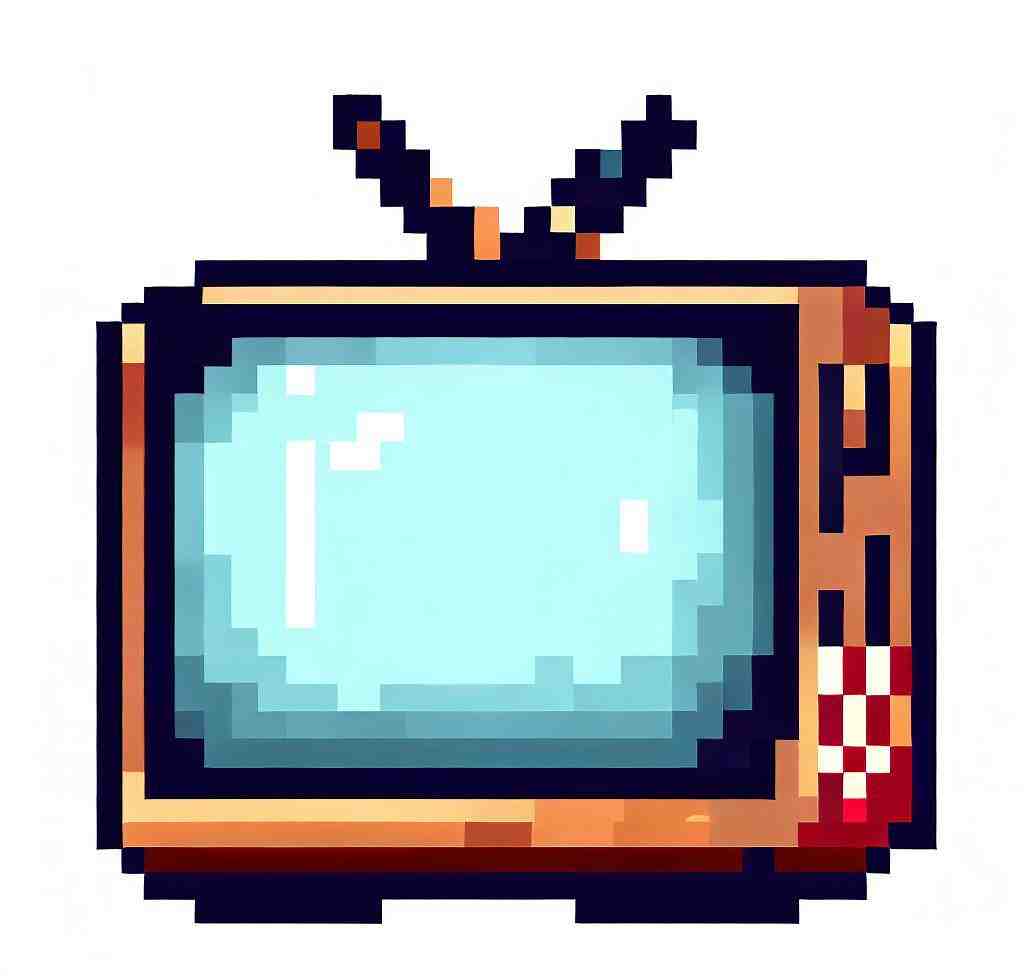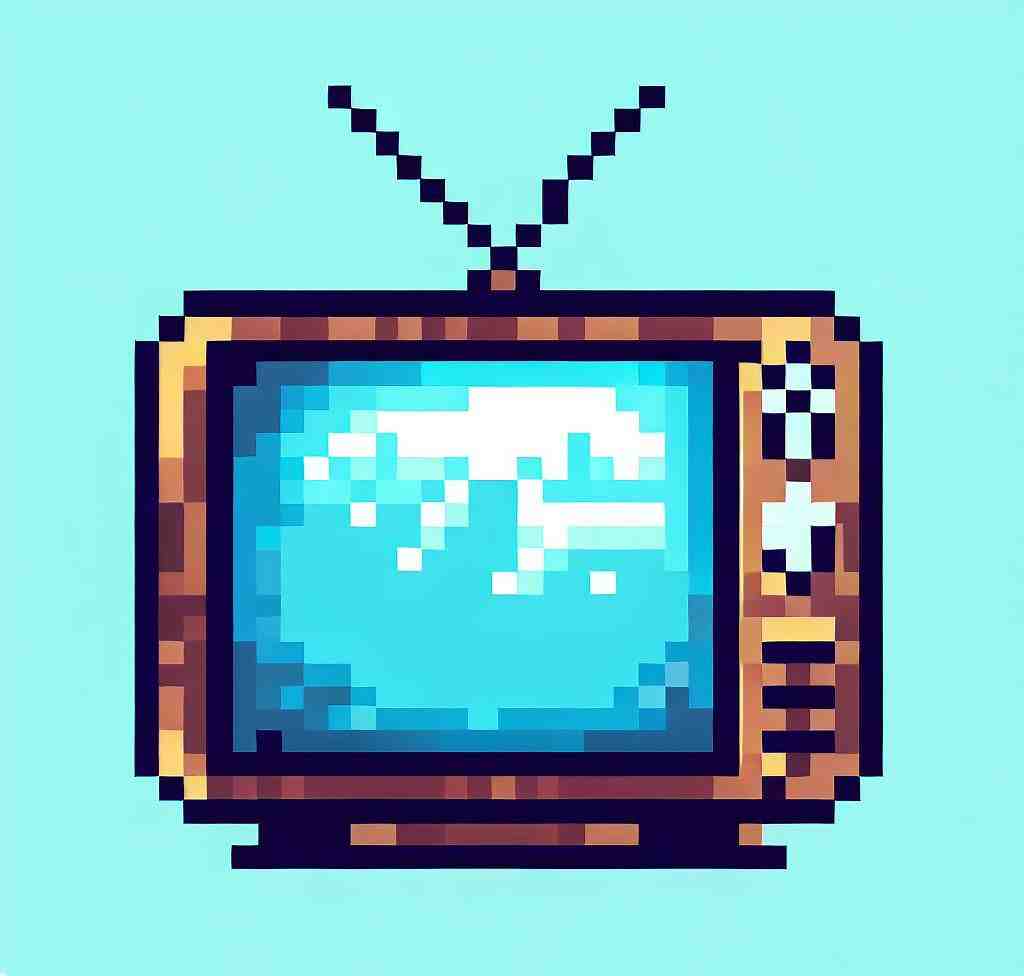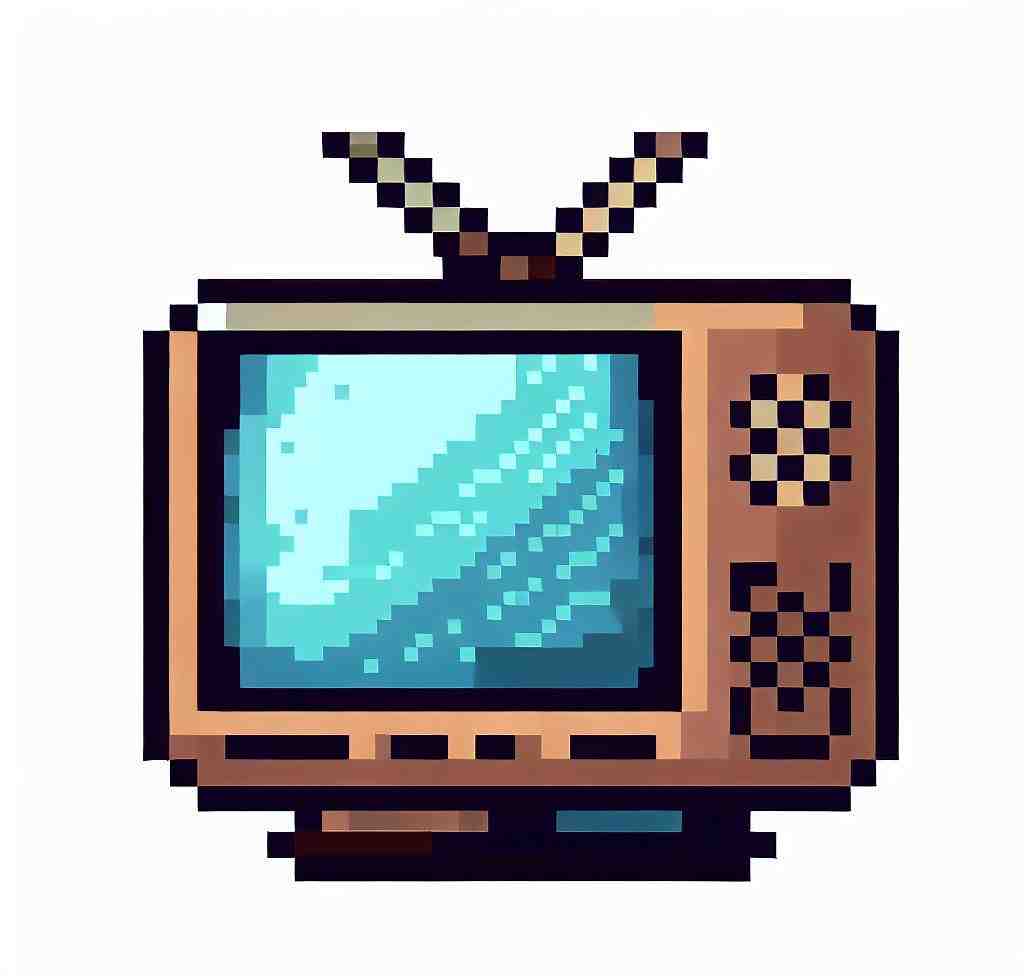
How to set digital terrestrial (DTT) channels on TV with LED
When DTT (Digital terrestrial television) updates, as in April 2016 when it launched HD channel access, you need to set up DTT channels on your TV TV with LED.
This setting consists of a channel search on your TV with LED so that these are received by your TV.
In this article we present how to search for channels in three major cases: automatic search without DTT adapter, automatic search with DTT adapter, and manual search in case of difficulties.
Automatic channel search without DTT adapter on TV with LED
If you do not have a DTT adapter, here’s how to proceed: start by turning on your TV with LED, and press the “Menu” button on your remote control. Select “Setup”, which can also be called “Main Menu”, “System Menu”, “Tool Menu”, “Setup Menu” or “System Setup”.
Then select “Installation”, or “Scan” or “Rescan” depending on the software installed on your TV with LED.
For the next steps, please do not select “update” on your TV with LED!
After going to “Installation”, choose “Reinstall-Find All Channels” or “Automatic Search”. For some models of TV with LED, this may also be called “Erase Channels”, “Reset Channels”, or “Service Setup”.
A password can be requested, enter yours or the one written in the manual of your TV with LED.
It is normal that a message warns you about the erasing of old channels, just accept and press “Start” or “Search”.
At the end of the channel search, select “Finish”, and check the presence of channels with for example BBC One at 1, BBC Two at 2, Channel 4 at 4…

Automatic channel search with DTT adapter via TV with LED
If you have a DTT adapter, here’s how to proceed: start by turning on your TV with LED, and press the “Source” or “Input” or “AV” button once or a few times until you are on the adapter’s screen.
Then press press the “Menu” button on your remote control. Select “Setup”, which can also be called “Main Menu”, “System Menu”, “Tool Menu”, “Setup Menu” or “System Setup”.
Then select “Installation”, or “Scan” or “Rescan” depending on your model.

Find all the information about TV with LED in our articles.
During the next steps, please do not select “update” on your TV with LED as previously stated!
After going to “Installation”, choose “Reinstall-Find All Channels” or “Automatic Search”. For some models, this may also be called “Erase Channels”, “Reset Channels”, or “Service Setup”.
A password can be requested, enter yours or the one written in the manual of your TV with LED.
It is normal that a message warns you about the erasing of old channels, just accept and press “Start” or “Search”.
At the end of the channel search, select “Finish”, and check the presence of channels with for example BBC One at 1, BBC Two at 2, Channel 4 at 4…
Manual channel search on your TV with LED
It may happen that after the automatic search, you no longer have your local channels or a main channel displays a black screen. No panic, manual channel search on TV with LED is your solution! However, it is a complicated manipulation that takes a little more time.
If you have an adapter, connect to the screen of your adapter as seen above, and then follow the steps below.
If you do not have one, use the remote control of your TV with LED.
Retrieve channel’s canal number
To start the operation, you must have the canal number of the channel you wish to search manually on your TV with LED.
To do this, use the “My DTT coverage” search engine on the Ofcom official website.
Be careful, this is not the number you want to enter on the remote control to watch the channel but a canal number between 21 and 60 which indicates the frequency on which this channel is broadcast in your area.
You may then be able to watch it on your TV with LED.
Start manual channel search on TV with LED
Start by pressing “Menu” and go to “Configuration”.
It can also be called “Main Menu”, “System Menu”, “Tool Menu”, “Setting Menu”, or “System Settings”.
Then, select the “manual search” option and enter the canal number of the desired channel. Select “Ok” or “confirm”, or “exit”.
The hardest is done, you can now go check the presence of the channel on your TV with LED!
To conclude on setting channels on your TV with LED
We’ve just explained how to set DTT or “Digital terrestrial television”, channels on your TV with LED.
However, if you encounter any difficulties, ask a professional who will show you the key steps of this manipulation.
How do I get missing channels back on my TV?
Press “set-up” or “menu” on the TV remote control or converter box. Select “channels,” “antenna,” or other similar terminology.
Click “scan,” “auto-tune,” “channel search,” “auto-program,” or other similar terminology.
The TV will do the rest.
How do I get free channels on my smart TV?
If you’ve been wondering how to get local channels on a smart TV, you’ll either need to purchase a high-definition digital TV antenna or download a free app or two from your TV’s app store.
What is a DTT antenna?
Digital terrestrial televisionterrestrial televisionOver-the-air television (OTA) is a category of television broadcasting which makes use of television signals transferred by radio waves from television stations.
Over-the-air television receives the radio waves with the help of a TV receiver which has an antenna.https://www.techopedia.com › over-the-air-television-otaWhat is Over-The-Air Television (OTA)? – Definition from Techopedia (DTT or DTTV) is television signals broadcast over the air to be picked up over the air using an antenna rather than over cable or satellite.
In several countries, DTT has replaced analog television, with analog broadcasting discontinued.
What are DTT channels?
Digital terrestrial television (DTTV or DTT, or DTTB with “broadcasting”) is a technology for terrestrial television in which land-based (terrestrial) television stations broadcast television content by radio waves to televisions in consumers’ residences in a digital format.
How To Rescan Channels On A Samsung TV
6 ancillary questions
Why have most of my TV channels disappeared?
Depending on your location, buildings, hills, or trees could come between your TV broadcast tower and the antennae, blocking the signal.
If you have an indoor model like the best indoor antenna, try moving it around your home.
To fix this issue for an outdoor model, elevate your TV antennae or use a taller mast.
How can I get free TV channels without paying?
A television antenna will usually allow you to watch local TV, like local news channels, ABC, NBC, and more.
You can use an antenna to watch local channels without cable or a satellite TV subscription. With an antenna, you can watch live TV channels, local broadcast channels, and shows like Saturday Night Live.
How do I get my channels back on my smart TV?
– Select “Menu” on your remote.
– Choose the “Channel” or “Broadcasting” menu. ( The exact menu name will differ based on your model)
– Select “Auto Program”
– If you’re prompted whether to scan for “Air” or “Cable,” select “Air.” (
Why is my smart TV not finding channels?
First check that your TV is set to the correct Source or Input, try changing the Source or Input to AV, TV, Digital TV or DTV if you haven’t already.
If your “No Signal” message is not due to incorrect Source or Input being selected, then it’s most likely caused by a set up or antenna fault.
Is there a difference in TV antennas?
Some long-range antennas can receive signals from 125 miles away.
Longer range antennas typically cost more.
An antenna’s reception can also be affected by hilly terrain, trees and tall buildings.
Even the height of the TV station’s transmitting tower can make a different in signal strength.
What is DTV on antenna?
The digital television (DTV) transition refers to the switch from analog to digital broadcast television.
All full-power television stations have stopped broadcasting in analog, and now broadcast only in digital.
You may also be interested in the following articles:
- How to unlock your TV with LED
- How to reset sound and audio settings on TV with LED
- How to set DTT channels on TV with LED
You still have issues? Our team of experts and passionate could help you, feel free to contact us.